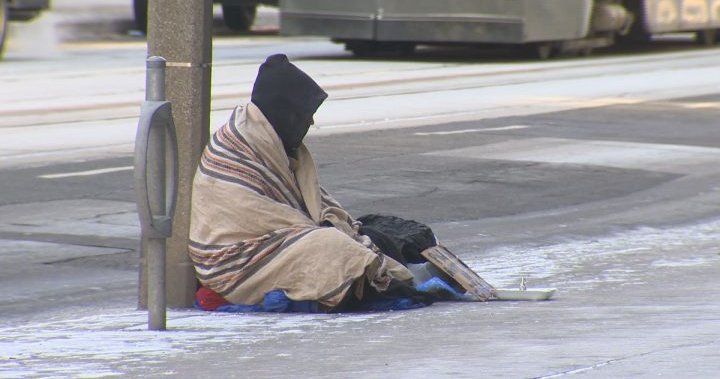While trying to find vacant shelter rooms, several of Saskatoon’s community-based organisations are seeking for methods to assist the city’s homeless population.
“Beds are already in short supply. According to Brenna Sych, communications coordinator for the Saskatoon Housing Initiative Partnership, “Like the YWCA is full… the Salvation Army.”
At a press conference this morning, Saskatoon Tribal Council Chief Mark Arcand shared a similar viewpoint.
“Last Saturday about 10 or 11 o’clock at night, my employees drove by. We are at maximum capacity yet there were an additional 30 people waiting outside to enter. So certainly, due to our adherence to laws and regulations, we are experiencing an influx of people that we are unable to handle, he said.
Nearly half of those spots have been transferred to the Salvation Army as the Lighthouse gradually winds down its emergency shelter. There are currently discussions about how to make room for the remaining beds.
The absence of specific plans, according to Prairie Harm Reduction Executive Director Kayla DeMong, raises concerns.
It will be fascinating to observe whether we have more or fewer shelter beds, she said.
DeMong claimed that many of the people who randomly drop by her facility are homeless or itinerant.
“The community is currently really worried that we’ll have less and that we won’t have enough space to accommodate the population that is currently in need.
”
Gene Makowsky, the minister of social services, said in a statement on Friday morning that “our common goal continues to be to help clients and carefully manage the transition so there is no disruption in service.”
There were 475 persons who were homeless in some way in 2018, according to the Point in Time Count, a study that provides an estimate of those who are homeless.
The number of respondents increased to 550 when the survey’s results were recalculated in 2022.
According to Sych, the figures only represent one day, so they represent the bare minimum of people.
The first time this fall, the temperature fell below zero on Wednesday night.
Additionally, there are worries for individuals who are homeless because not all shelters or warming centres are open around-the-clock, leaving those at risk to withstand the cold on their own.
“We were able to ensure that no one died from the cold last year.
And, as you may recall, three individuals died as a result of the cold the year before. So, yes, ensuring that people have a warm place to go is the ultimate goal, according to Sych.
Sych stated that discussions about the cold weather plan for this season are still ongoing.
DeMong claimed that while she would dearly love to work longer hours, the funding the province gives her is insufficient.
“Giving them a facility that is accessible 24/7 means that there is somewhere that is always warm, there is access to a public restroom, which is a significant lack in this community, and ensuring that there is always a safe location for them to access if they need,” DeMong suggested.
Gene Mackowsky, the minister of social services, spoke with Global News.
He responded, “There are more spaces available than there have been in the past and as a government we continue to increase emergency shelters,” when asked if he thought there were enough beds to support the population.
Chief Arcand admits that more assistance is needed, but he still thinks progress is being made.
The Chief claimed that because of the province government’s strong support, the tribal council was making progress on some of the results it was seeing.
As shelters fill up, community organisations search for solutions.

